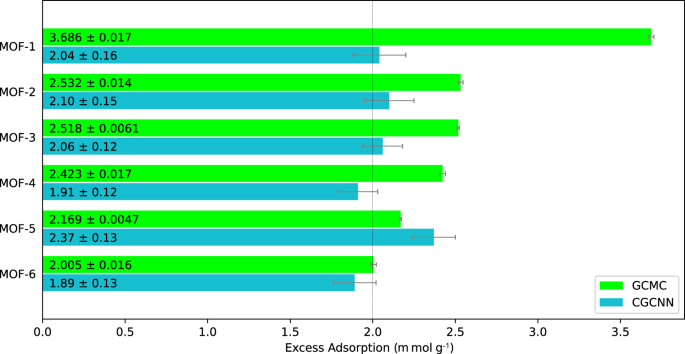2024-02-15 ロイヤルメルボルン工科大学(RMIT)
<関連情報>
- https://www.rmit.edu.au/news/all-news/2024/feb/nanodiamonds
- https://onlinelibrary.wiley.com/doi/10.1002/pat.6222?af=R
ポリウレタン・ナノファイバー・コーティングによるナノダイヤモンドの綿生地への固定化で、夏用衣料を実現 Immobilization of nanodiamonds onto cotton fabric through polyurethane nanofibrous coatings for summer clothing
Aisha Rehman, Shadi Houshyar, Azadeh Mirabedini, Stephen Michielsen, Xin Wang
Polymers for Advanced Technologies Published: 28 October 2023
DOI:https://doi.org/10.1002/pat.6222

Abstract
Global warming is one of the alarming issues, which is impacting humans globally. It is preferred to adopt a lifestyle that promotes heat dissipation from the human body. One approach to cool a human body is improvement in personal apparel, which can help the human body to cool quickly. The required characteristic for cooling performance can be achieved by employing materials with excellent thermal conductivity. Nanodiamonds (ND) have exceptional thermal conductivity properties and can help overcome the poor thermal conductivity of fabrics. This manuscript presents a study on a one-sided coated fabric where NDs are applied to the skin side of the fabric to promote heat dissipation toward the atmosphere while the other side of the fabric, exposed to the hot atmosphere, remains uncoated to delay the transfer of out from atmosphere to human body. ND was applied onto cotton fabric through electrospraying polyurethane (PU) and carboxylated ND (NDCOOH). Scanning electron microscope (SEM) and optical microscopy images indicated a homogeneous distribution of the sprayed ND/PU solution over the fabric surface. The samples were chemically analyzed by Fourier transform infrared spectroscopy (FTIR). The thermal resistance was measured by a sweating guarded hot plate (SGHP), which confirmed lower thermal resistance of fabric from the ND-coated side to atmosphere as compared to control, and thermal resistance from the uncoated to atmosphere was the same for both controlled and treated samples. Similarly, thermal conductivity, radiant heat transfer, and infrared spectroscopy characterizations strengthened the findings of SGHP results. Real-life simulated experiments were also conducted to verify the performance of developed samples. The electrosprayed samples also showed higher ultraviolet protection than the control sample. Air permeability and moisture absorption of the samples slightly decreased after applying the coating but remained within an acceptable range of comfortability. The developed fabric can promote energy conservation, as it will warm slowly but cool quickly. This allows home or office temperature setpoints for localized cooling to be 2–3°C lower with a projected energy savings between 20% and 30%.



